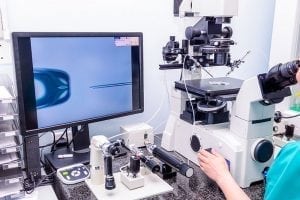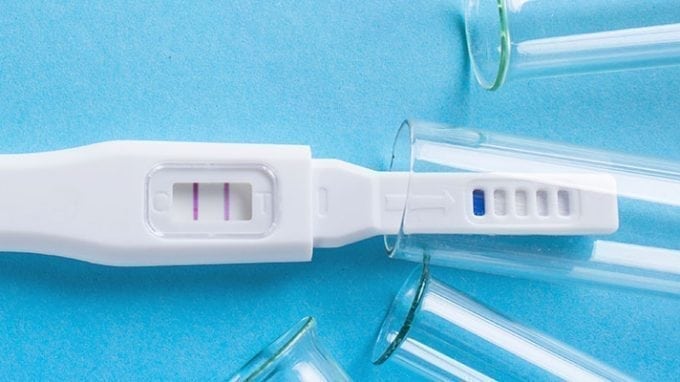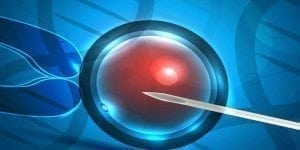A medical process known as Preimplantation Genetic Diagnosis (PGD) may help would be parents determine if an embryo possesses any faulty genetic makeup that could one day lead to disease and/or other ailments in their unborn child.
So, when is PGD performed and how is the procedure done? Read on to find out this and more, including the potential benefits and possible downsides to PGD, and the associated topic of in vitro fertilization.
A Brief Word On In Vitro Fertilization

During the first phase of IVF, a woman undergoes an operation where surgeons remove eggs from her ovaries. The second stage involves scientists fertilizing the woman’s eggs with sperm (typically that of her spouse or partner) in a laboratory setting. Finally, doctors place the newly fertilized eggs into the woman’s uterus and all concerned parties wait and hope this technique results in a pregnancy that leads to the birth of a healthy child.
A Closer Look at Preimplantation Genetic Diagnosis (PGD)
PGD is a medical procedure performed on IVF-induced embryos as a means of testing to determine if the biological structures possess any genetic defects that might precipitate illness and/or disability following a child’s birth. PGD is often done on most embryos inseminated through IVF, however, the procedure is almost always performed upon such embryos from which one or both parents have a known genetic flaw.
Medical professionals recommend couples subject IVF-inseminated embryos to PGD if they have a history of miscarriage, have a child that was born with any type of physical and/or developmental disability, as well as those who are carriers of autosomal recessive and/or autosomal dominant diseases. Physicians also suggest the procedure might also be beneficial to woman over age 35, in addition to woman and/or couples who have been unable to conceive using other fertility methods.
Why PGD is Considered Useful

What Are the Downsides of PGD?
From a biological and health-related standpoint, PGD can only identify genetic-based flaws that could precipitate illness and/or disability and provides no guarantees that a child will be born free of other sicknesses and physical impediments or not experience genetic illnesses later in life. The biggest concern voiced by many opponents of the procedure is that of ethics, as a couple’s decision to terminate a pregnancy might draw criticism.




